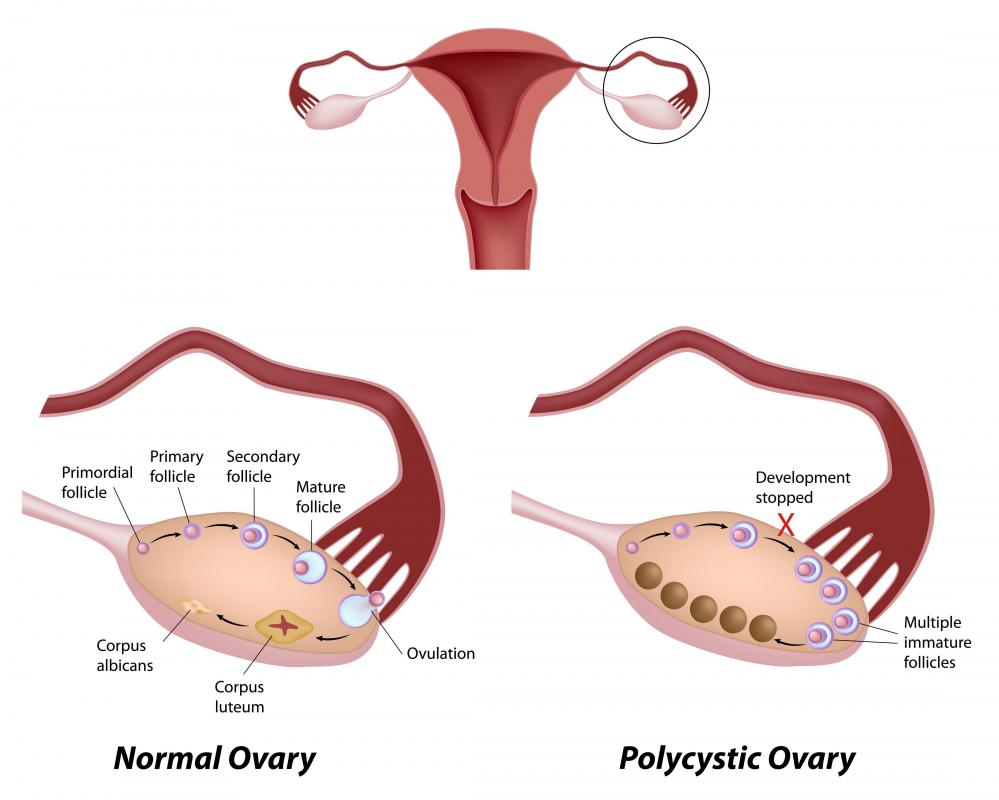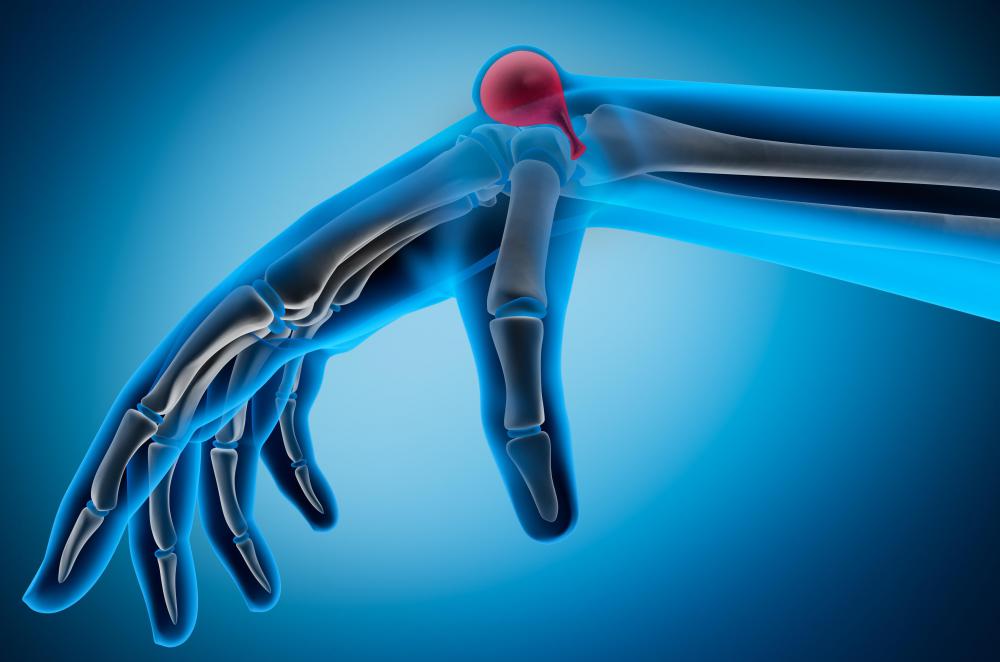At WiseGEEK, we're committed to delivering accurate, trustworthy information. Our expert-authored content is rigorously fact-checked and sourced from credible authorities. Discover how we uphold the highest standards in providing you with reliable knowledge.
What Are the Causes of Cysts?
Cysts, abnormal pouches or sacs filled with fluid, pus and other substances, develop in tissues and organs. There are many causes of cysts, including chronic diseases, infections, and inherited diseases. In addition, other causes of cysts include normal wear and tear, small blockages in the flow of bodily fluids, and tumors. Also, a baby can be born with a cyst if defects occur during the development of an organ while the baby is still in the womb.
The varying causes of cysts, and the many places in which they can develop, contribute to them being a common medical condition. In fact, there are hundreds of types of cysts, although the majority of them are benign. Cysts range in size, with some being so small that they are only visible with a microscope and others being so large that they alter normal body structures. Oftentimes, cysts are named after the area in which they occur, although not always. For example, liver cysts occur in the liver and ovarian cysts occur in the ovaries, while ganglion cysts develop around a tendon and pilonidal cysts develop near the tailbone, right above the natal cleft.

Symptoms do not occur with all cysts. For example, cysts that are not visible on the outside of the body or cysts that are small might not come with any symptoms. Generally, when symptoms do occur, they only consist of the visual growth of the pouch and a hard or soft feeling. In some cases, the changing dimension of a cyst is noticeable, while in other cases, the cyst remains a constant size. Some causes of cysts, such as chronic diseases, infections or tumors, will produce varying symptoms, such as pain.

Various factors affect treatment options for cysts, including cause, location and size. The causes of cysts play a role in treatment, as healing sometimes involves treating any underlying medical conditions such as chronic diseases. For example, polycystic ovary syndrome (PCOS) can cause cysts to occur in the ovaries. To deal with these cysts, treatment will involve treating the syndrome itself.

Location also determines treatment options, as inaccessible cysts might require the use of technology, such as radiologic imaging, to guide a needle into the cyst cavity for aspiration. Aspiration is a treatment method in which cysts are drained of their fluid or substance. It is not recommended that the draining of cysts occur at home.
The treatment of cysts also involves taking into consideration the size of the pouch. For example, small cysts with no symptoms might not require any treatment while large cysts with symptoms might require surgery. Usually, surgical removal is the option in which to deal with cancerous cysts.
AS FEATURED ON:
AS FEATURED ON:


















Discuss this Article
Post your comments